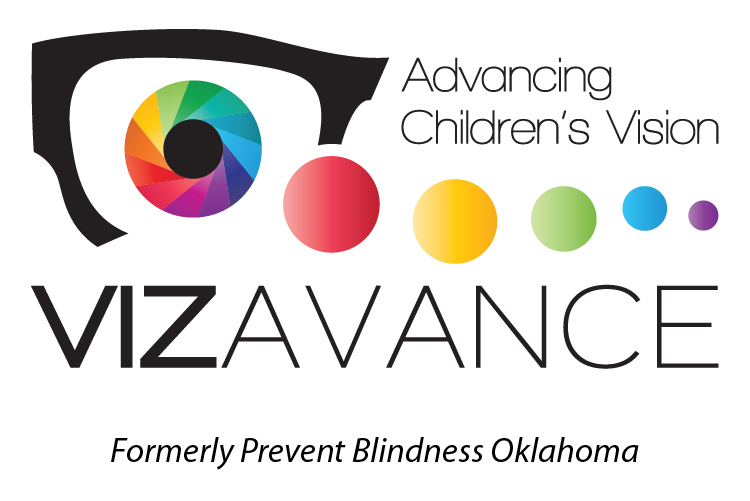
Our mind’s way of processing and making sense of the world around us is called Visual Perception. The brain interprets information collected by our eyes concerning shape, size, color, and distance to form a visual representation. It then compares this image to its stored mental database to understand what it is looking at.
As part of visual perception, there are several processes at work, including bottom-up processing where the brain uses data from the senses to identify objects, and top-down processing which relies on expectations and knowledge to interpret sensory input. The interaction between these processes can affect our visual interpretation. Additionally, factors such as attention, memory, and expectations in an environment also influence how we perceive objects visually. Through experience and learning, individuals develop more advanced perceptual systems that enable them to notice infrequent changes in complex scenes quickly.
Eye-Brain Connection
In order to understand the eye-brain connection and how the brain interprets visual information, we need to look at signal transmission, neural processing, and sensory integration. These work together to help your brain make sense of what your eyes are seeing, allowing you to perceive the world around you.
Signal Transmission
The transmission of signals between the eye and the brain is a crucial aspect of our visual system. Without efficient signal transmission, vision would be impaired, making simple activities like reading and driving difficult. As we gain more insight into how our eyes and brains work together through signal transmission, it becomes clear how vital our vision is in shaping our daily experiences.
Neural Processing
Through a complex network of neurons, cellular signaling, and synaptic transmission, the brain processes all visual information received by our eyes. This intricate system connecting the eyes to the brain is responsible for neural processing or the way in which our brain interprets and makes sense of visual data. Without it, we wouldn’t be able to make sense of the world around us.
Visual information first enters our eyes through the cornea and travels through several layers of cells before being absorbed by photoreceptor cells in the retina. These cells translate light signals into electrical impulses that travel through the optic nerve to reach various areas of the brain associated with visual processing.
The ability for humans to see is nothing short of miraculous. Nevertheless, it’s something that many people take for granted until they’re no longer able to do so. To ensure that our vision remains healthy well into old age, it’s vital that we take good care of our eyes, at Vizavance we offer free eye screenings to children to start their healthy eye journey as early as we can.
Sensory Integration
The integration of sensory information is the process by which the brain combines multiple sensory inputs to create a unified perception of the world around us. This includes processing information from our eyes, ears, nose, skin, and mouth.
Each sensory input travels through different neural pathways to reach the brain, where they are integrated and interpreted in combination with memories and expectations. This process is essential for our ability to navigate and interact with our environment.
Providing opportunities for children to engage in multisensory play can facilitate the development of their neural pathways and support healthy development in various areas such as language acquisition and social skills.
Visual Memory
Short-Term Memory
Our ability to retain information for a brief period falls under the category of Immediate Memory. This type of memory lasts for a mere 30 seconds, and without rehearsal, can be quickly forgotten. The human brain tends to store sensory data as short-term memories, which are then encoded and consolidated into long-term memories through repetition, rehearsal or elaboration.
In contrast to long-term memory, Short-Term Memory has a limited capacity and is vulnerable to interference. We commonly use this form of storage for tasks such as making a phone call, following driving directions, or remembering an order at a restaurant. The duration of the short-term memory span varies from person to person, with research indicating that individuals can remember around four pieces of information on average.
Sensory Memory is a vital component in transferring information taken in through our senses into Short-Term Memory. It’s divided into iconic (visual) and echoic (auditory) categories based on the sense being used. Iconic memory stores visual information for less than one second while echoic memory stores sound for up to eight seconds.
Long-Term Memory
Long-term memory refers to the storage of information for an extended duration, ranging from days to decades. This type of memory capacity is limitless and can store both explicit and implicit memories. Explicit long-term memory is accessible consciously and relate to events, facts, and concepts, while implicit memory is unconscious and involves skills, habits, and associations.
Long-term memory plays a significant role in personal identity formation as it contains autobiographical memories that shape one’s life story. It also assists in creativity by combining past knowledge with current experiences to generate novel ideas.
To improve long-term memory retention, practical strategies include:
- Spaced repetition for elaborative rehearsal of essential information
- Sleep consolidation of learned material
- Imagery visualization for improved recall ability
- Emotional association for better recognition performance
- Additionally, reducing distractions such as multitasking and practicing mindfulness can help increase focus on encoding crucial details into long-term storage.
Get in touch with us at Vizavane today for your child’s free eye screening to help give them the best start in life.
OKC office – 405-848-7123
Tulsa office – 918-496-3484
Photo by Milad Fakurian on Unsplash




